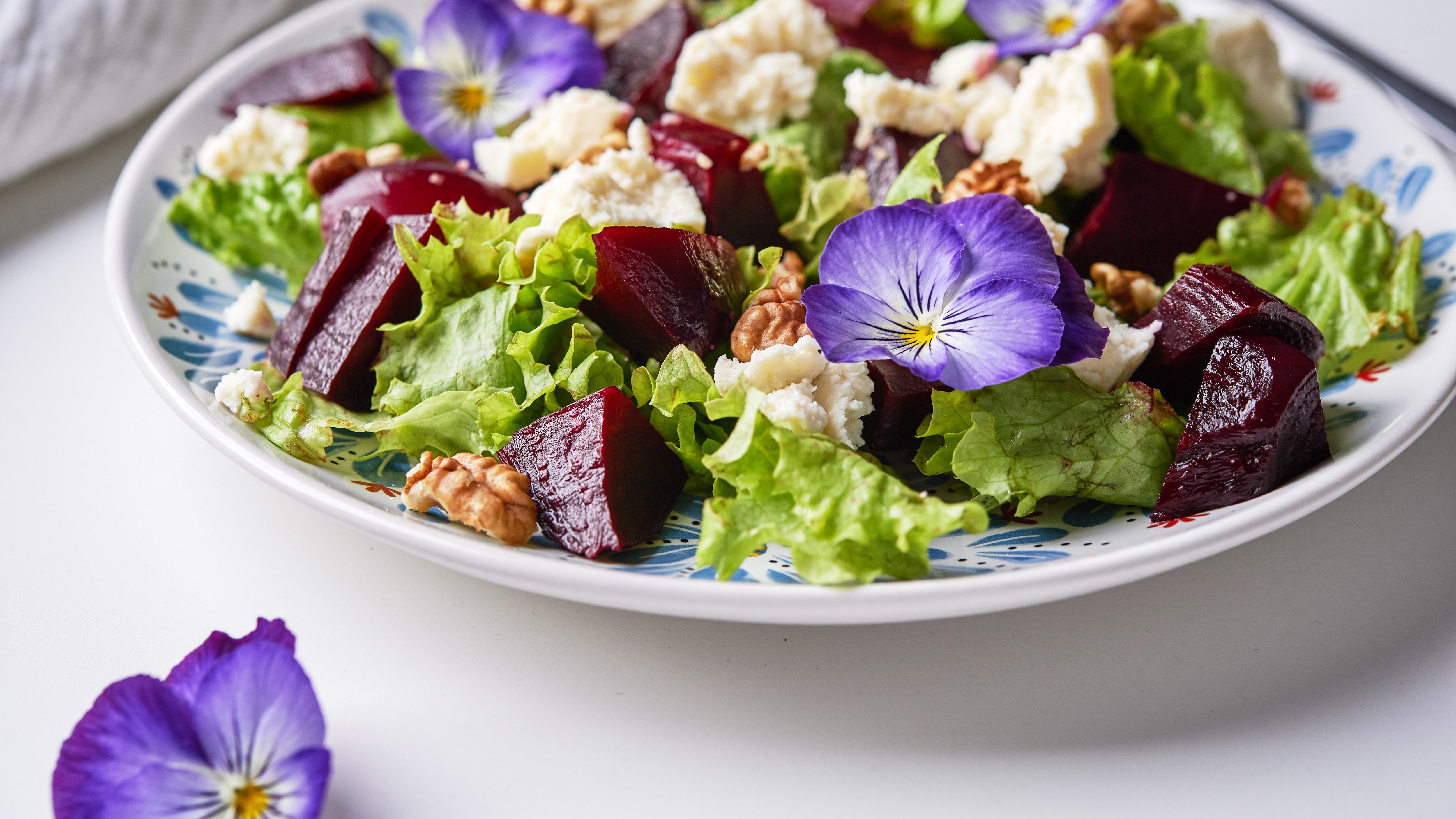
A Quick Guide to Growing Edible Flowers
15 Dec, 2021
Before getting started...
Make sure that you either; grow from seed, buy organic, or from an edible plant section in a garden centre. If you choose flowers that have been grown for ornamental purposes, there is no guarantee that they haven’t been sprayed with something that isn’t suitable for human consumption. Ensure that the flowers you are consuming are edible. If you’re not sure, don’t risk it as some flowers are poisonous.
Edible Flowers List
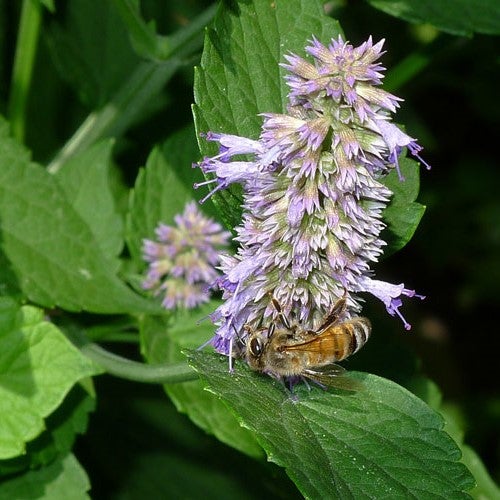
Anise Hyssop
Both the flowers and leaves have a deliciously subtle anise or liquorice flavour. The small lavender coloured blossoms are loved by bees and the flowers and leaves taste great in a fruit salad or an aromatic tea.
Growing Info:
- Grows in full sun or shade.
- Prefers free-draining soil rich in organic matter.
- Grows around 90cm tall.
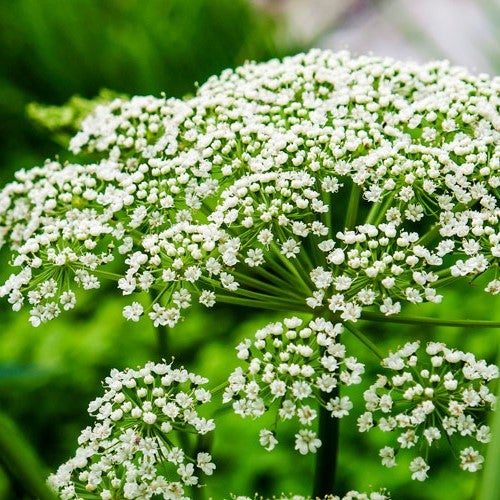
Angelica
This shiny leafed herb produces a mass of white flowers (some varieties produce green or yellow flowers), grows in large roundish umbels and is a biennial. The flowers can be used in gins and other alcoholic drinks as they have a liquorice-like flavour.
Growing Info:
- Best in partial to full sun.
- Best grown in large pots or the garden.
- Needs free-draining soil rich in organic matter.
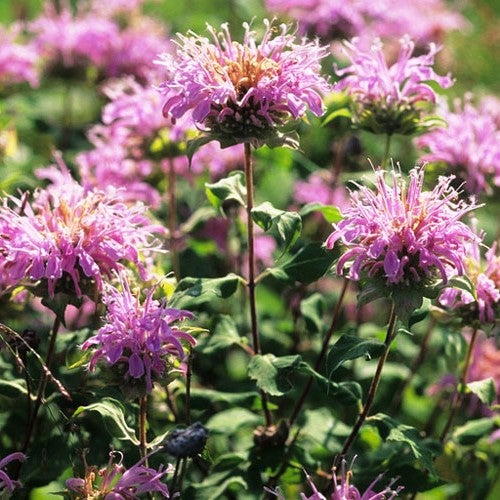
Bergamot Bee Balm
This perennial flower produces eye-catching lavender blooms that are loved by bees and have a spicy scent and mild, sweet flavour. Traditionally the leaves and blooms were used to make a tea that was believed to help ease sore throats and cold symptoms.
Growing Info:
- Best in full sun.
- Needs free-draining soil rich in organic matter.
- Grows around 1m tall.
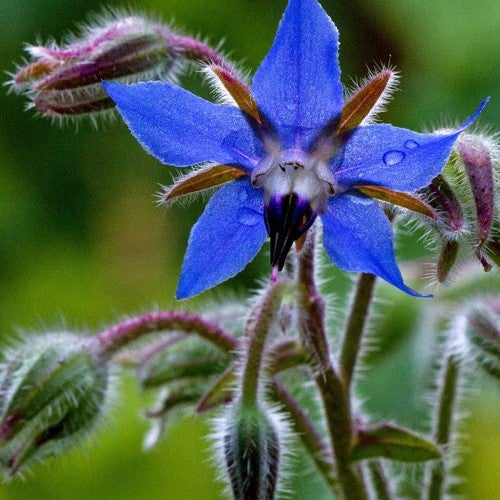
Borage
This easy to grow annual plant readily self-seeds. It has gorgeous blue flowers that are often used as an effect on cakes and muffins. The leaves taste like cucumber, and when crushed can be added to gin and tonics.
Growing Info:
- Best in full sun.
- Prefers free-draining garden beds rich in organic matter.
- Grows 60-100cm tall.
- For best results, protect from slugs and snails.
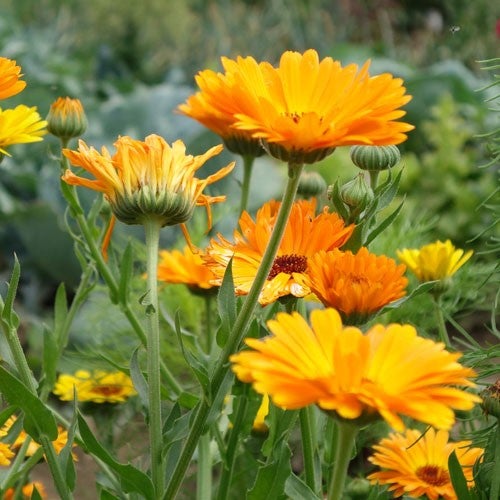
Calendula
Also known as winter marigolds or poor man’s saffron, this annual looks great in veggie or flower beds and can be grown year round in Auckland. The flowers can be used as a garnish, in salads, or to add a saffron like taste to your meals.
Growing Info:
- Best in full sun.
- Prefers free-draining garden beds rich in organic matter.
- Grows around 20cm tall (height varies depending on the variety).
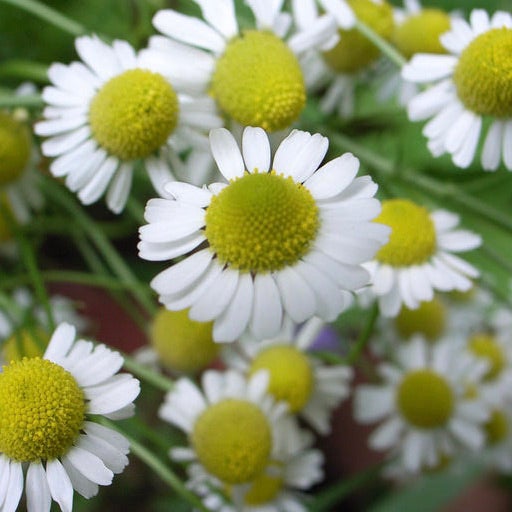
Chamomile
These daisy-like plants are apart of the Asteraceae family, grow stunning flowers that can be used to make a relaxing tea. There are two kinds commonly available: German Chamomile (an upright annual that grows around 30cm tall) and Roman Chamomile (a low growing ground cover).
Growing Info:
- Best in full sun.
- Prefers free-draining soil rich in organic matter.
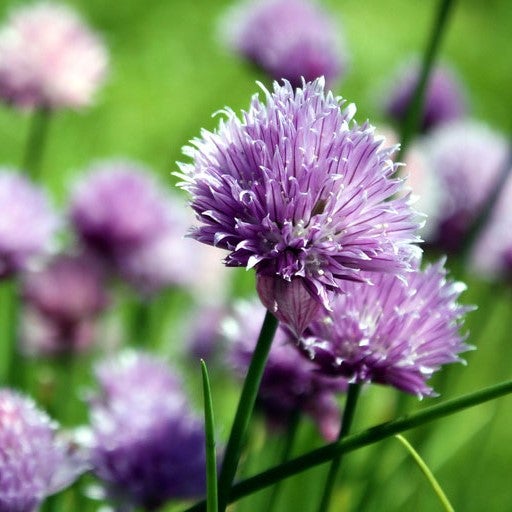
Chives
Known for their long and tasty leaves, this relative of onion and garlic also produces attractive and tasty purple flowers. The flowers have a sweeter, milder taste than the leaves and are great in salads and soups.
Growing Info:
- Perennial herb.
- Best in full sun.
- Prefers free-draining soil rich in organic matter.
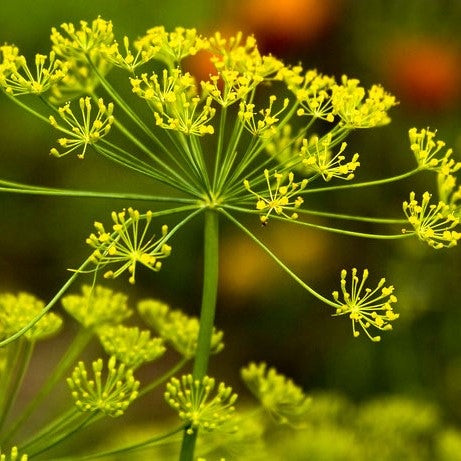
Dill
Producing an umbrella-shaped cluster of tiny blossoms, these flowers have a muted dill taste, are great when used as a garnish, and are great for bees and other beneficial insects.
Growing Info:
- Full sun/partial shade (protect from the summer sun).
- Prefers free-draining soil rich in organic matter.
- Keep well-watered to reduce the risk of it bolting.
- Different varieties range in height from around 20- 60cm.
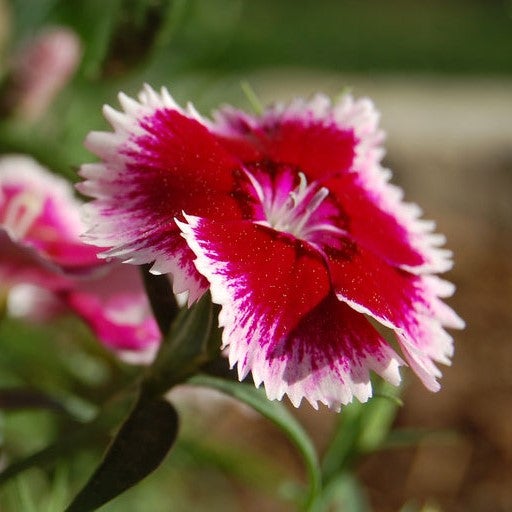
Dianthus & Carnations
The flowers have a delightfully spicy, clove-like floral flavour that can be used in salads, seafood, and stir-fries, and are great on cakes and desserts.
Growing Info:
- Full sun.
- Prefers free-draining soil rich in organic matter.
- grows to about 20cm high.
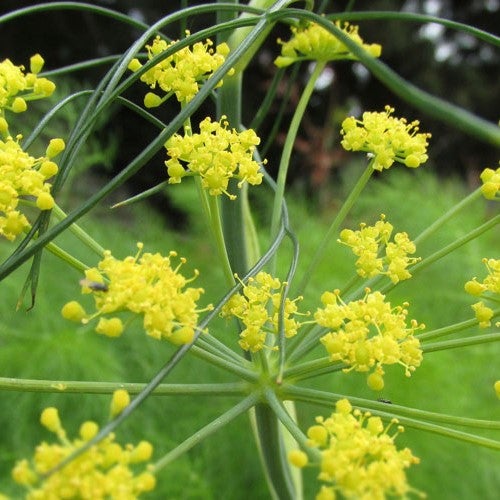
Fennel
The entire plant is edible! From the bulbs, shoots, stem, and leaves to the flowers and seeds. The flowers have a subtle, delicate liquorice flavour which is great in summer salads and seafood dishes.
Growing Info:
- Does best in spring or autumn.
- Grow in full sun in free-draining soil rich in organic matter.
- Space plants 12 inches apart.
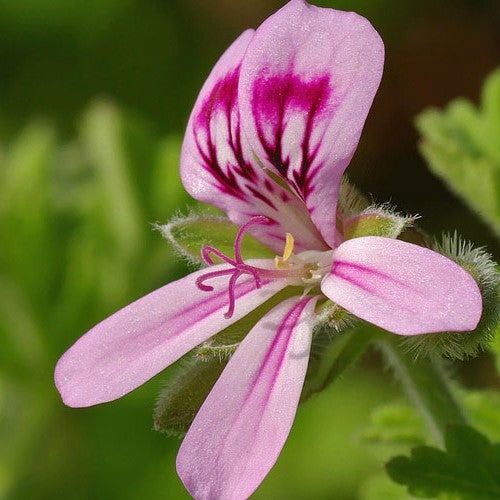
Scented Geranium
The flavour varies depending on the scent of the flower, some varieties taste like roses, lemons, or nutmeg.
Note: Not all geraniums are edible, select ones from our herb stand or buy seeds of plants that you know are edible.
Growing info:
- Full sun to partial shade.
- Prefers free-draining soil rich in organic matter.
- They are very drought tolerant and don't like sitting in wet soil.
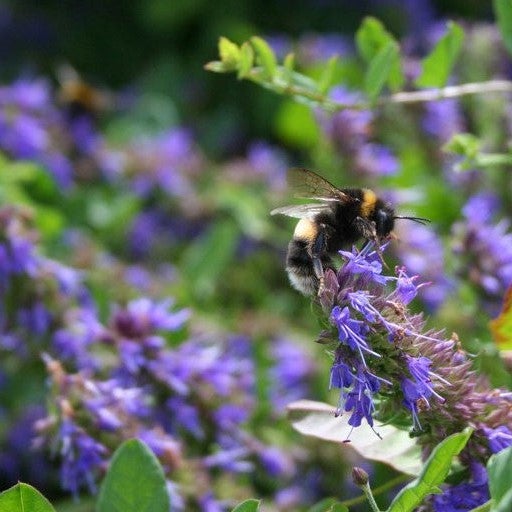
Hyssop
A part of the mint family, flowers throughout summer with spikes of blue, white or pink that are great for bees. The leaves and flowers taste like mint, but with floral overtones and a pleasant bitterness. It can be used as a garnish, in salads, soups, pasta dishes and in an array of desserts.
Growing info:
- Full sun to partial shade.
- Prefers free-draining soil rich in organic matter.
- Grows around 60cm.
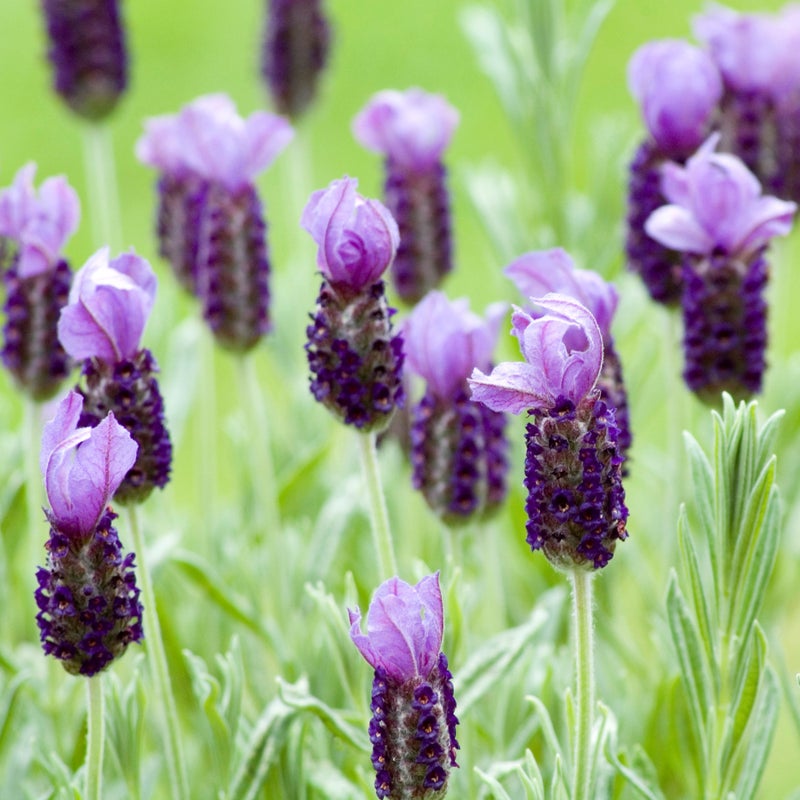
Lavender
The flowers, which have a subtle sweet citrus flavour, are edible.
Growing info:
- Full Sun.
- Prefers free-draining soil rich in organic matter.
- Prune back by about a third after it’s finished flowering.
- Water when dry.
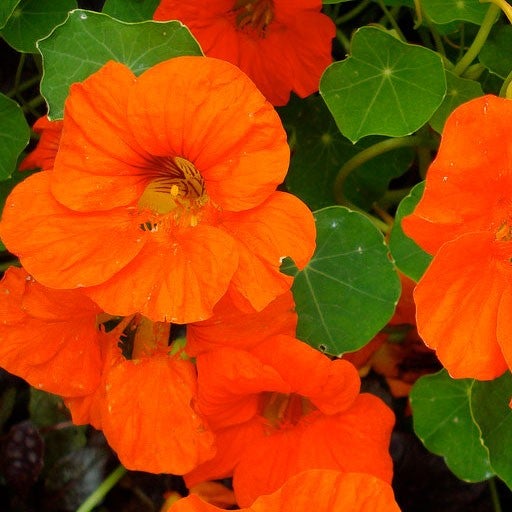
Nasturtium
Both the leaves and flowers are edible and have a peppery flavour that is a delicious way to add the hint of a kick to your salads. The flowers come in various colours, and compact or spreading varieties are available.
Growing info:
- Full sun to part shade.
- Grows in most soil conditions.
- They can hardy but new plants will need to be watered in summer.
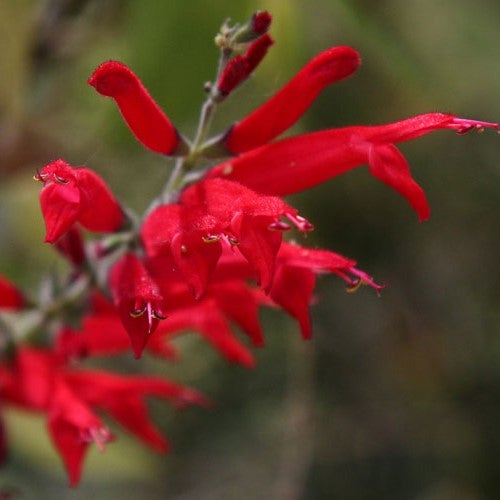
Pineapple Sage
This member of the sage family it produces a mass of sweet, red flowers which can be used as a garnish, in drinks and fruit salads, while the leaves smell like pineapple lumps.
Growing info:
- Full sun.
- Prefers free-draining soil rich in organic matter.
- Grows 1-1.5m high.
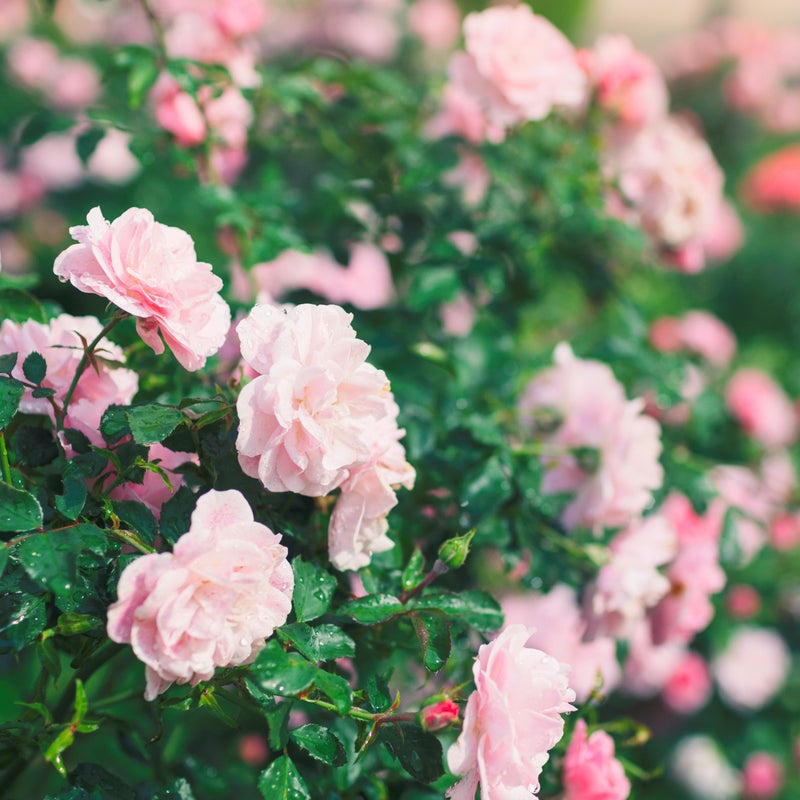
Rose
Only the petal is edible, and the intensity of their flavour differs between varieties, but most have a sweet, slightly spicy flavour. They can be used in baking, to make jams, teas, in chocolate, or as a garnish.
Growing info:
- Full sun.
- Prefers free-draining soil rich in organic matter.
- Feed with rose food during spring and summer.
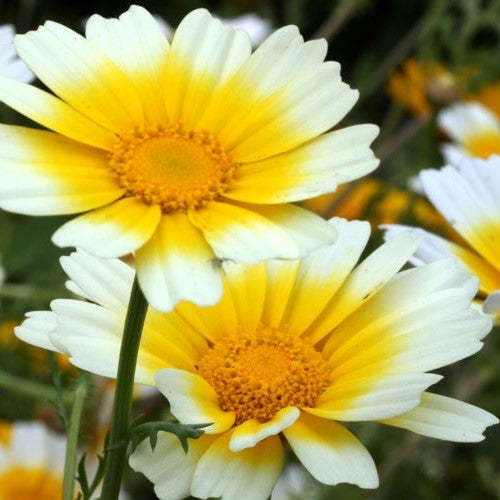
Shungiku
Also known as Edible Chrysanthemum, the leaves are often used in stir-fries or can be added to soups and stews. The flowers are fairly aromatic and taste great in salads, with fish, or in soups.
Growing info:
- Full sun.
- Prefers free-draining soil rich in organic matter.
- They generally prefer the cooler temperatures of spring/autumn.
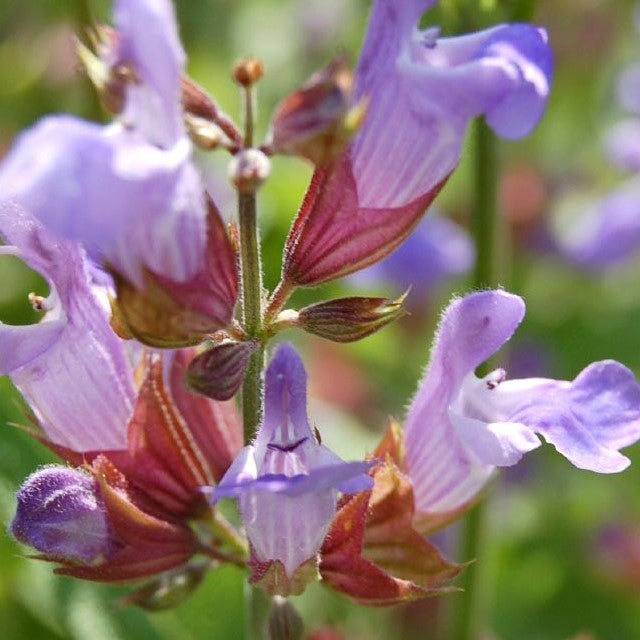
Sage
They produce a deep blue bloom (some varieties have a white flower) which has a delicate, mild sage flavour that can be used to garnish a wide array of sweet and savoury meals.
Growing info:
- Full sun.
- Prefers free-draining soil rich in organic matter.
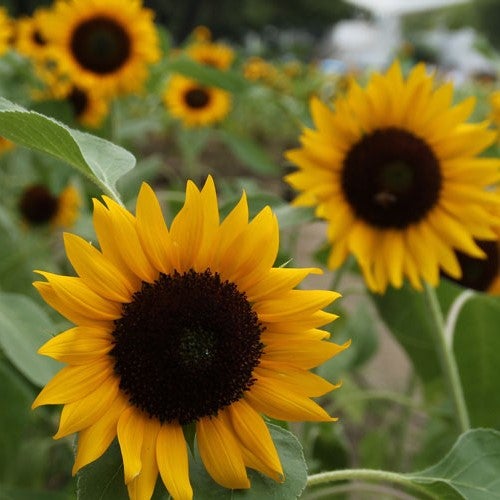
Sunflower
When picked in the bud stage they taste like artichokes, tasting best when boiled and served with butter. The petals themselves can also be eaten in salads but have a bittersweet flavour.
Growing info:
- Full sun (ideally 6-8 hours per day).
- Prefers free-draining soil rich in organic matter.
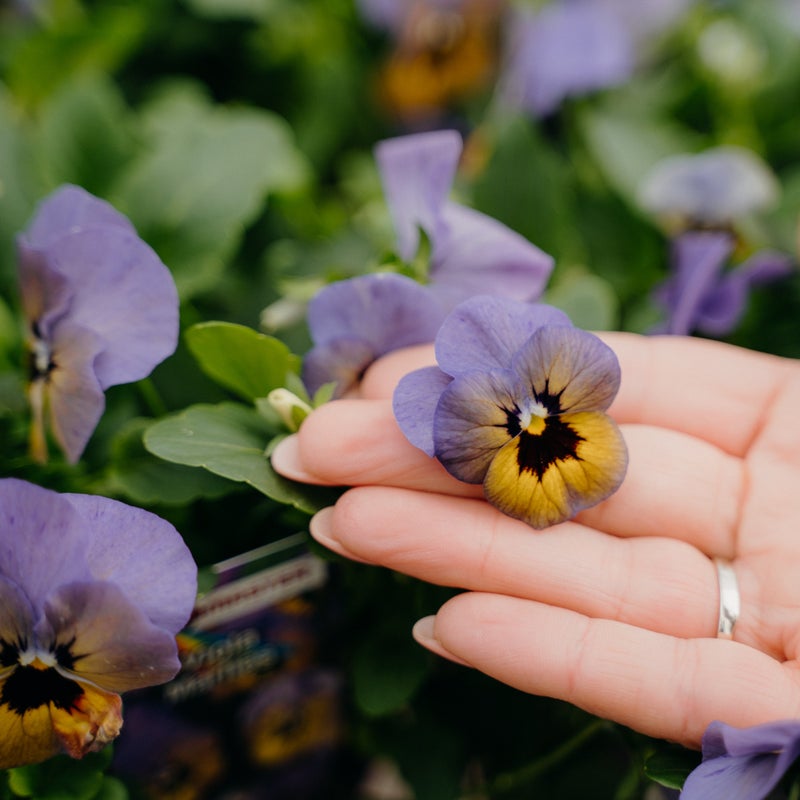
Viola, Heartsease and Pansies
These slightly peppery edible flowers have glorious looks and they are a great addition to salads.
Growing info:
- Full sun/part shade. In Auckland, best grown in cooler months. When planted in summer, they are best in part shade, protected from the harsh afternoon sun.
- Prefers free-draining soil rich in organic matter.
- Deadhead blooms often to encourage fresh blooms.
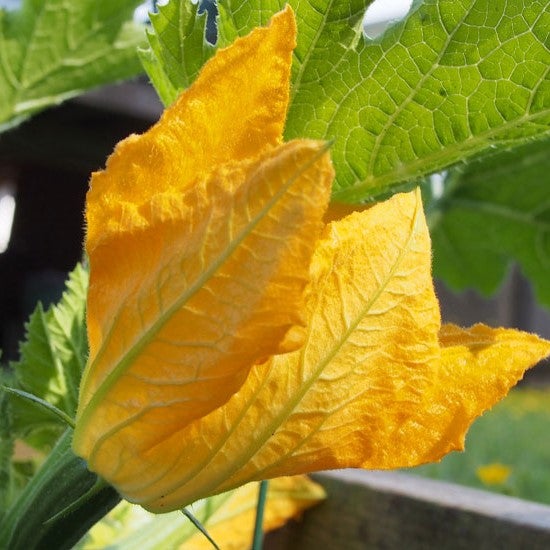
Zucchini, Squash and Pumpkin Blossom
These flowers can be stuffed, battered, fried, baked, or eaten in soups. Often prized for their looks and delicate zucchini-like flavour.
Growing info:
- Full sun.
- Prefers free-draining soil rich in organic matter.
- Add lots of compost and sheep pellets when planting.
- Feed regularly.
- Water deeply on a regular basis, avoid wetting the foliage to reduce risk of fungal diseases.